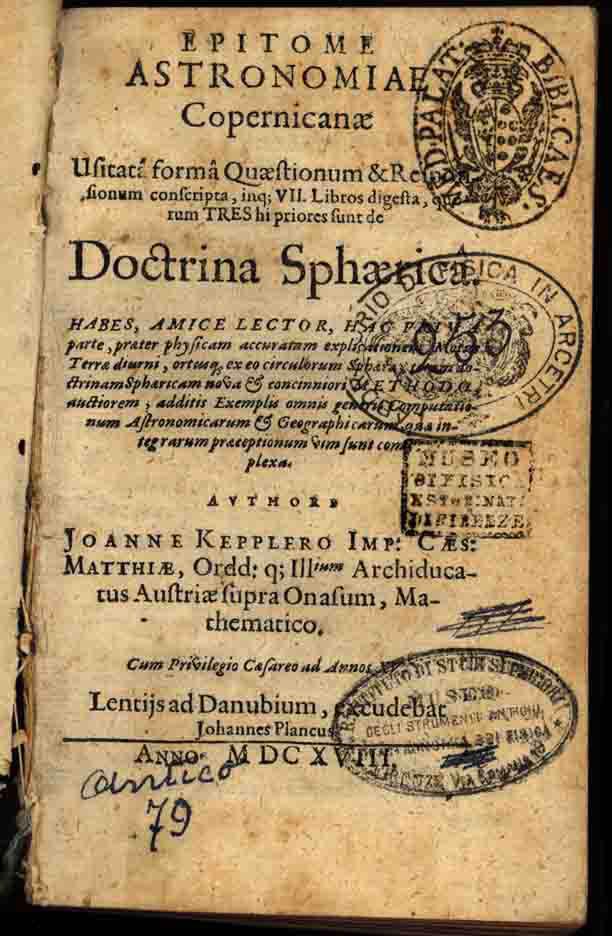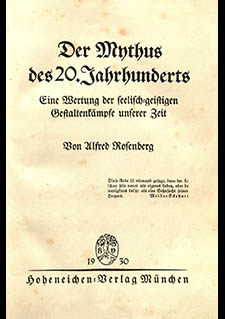Note: After the attempted insurrection — a “putsch,” as one ABC News commentator called it — at the United States Capitol in Washington, D.C. two days ago, I felt it was necessary to post the following material. Originally I had planned to save this section for the manuscript I have very slowly been working on over the last several years. But since I am already engrossed in a different manuscript project — one that actually has a publishing contract and, thus, a hard deadline — due to its timeliness I felt compelled to post it here instead.
Adolf Hitler and his Nazi associates, including this article’s subject, Alfred Rosenberg, perpetrated in Munich in November of 1923 an armed, attempted coup. Later, this event would become known as the “Beer Hall Putsch.” Before it could be put down, 16 Nazi Party members and four police officers had died. Though it failed, many historians point to it as the start of the rise of the Nazis’ genocidal, fascist regime.
ROSENBERG, Alfred (1893-1946), The Myth of the Twentieth Century: An Evaluation of the Spiritual-intellectual Confrontations of Our Age. Translated from the German to English by Vivian Bird (1st English ed.). Torrance, CA: Noontide Press, 1982.
Original citation: Der Mythus des 20. Jahrhunderts: Eine Wertung der seelisch-geistigen Gestaltenkâmpfe unserer Zeit. München (Munich): Hoheneichen-Verlag, 1930.
Condemned: February 7, 1934.
Additional notes/condemnations: Also see STROOTHENKE, Wolfgang (1913-1945), Erbpflege und Christentum; Fragen der Sterilisation, Aufnordung, Euthanasie, Ehe. Mit einem Geleitwort von Fritz Lenz. Leipzig: L. Klotz, 1940. Condemned: February 19, 1941.
§2: Books including any heresy or schism attempting to destroy religious orthodoxy;
§3: Books that attempt to attack religion or good morals;
§4: Books by non-Catholics dealing in any way with religion (unless in total agreement with Catholic dogma);
§5: Books and booklets including mention of any new appearances [of saints or other divine spirits], revelations, visions, prophecies, and miracles, even under the pretext of private publication;
§6: Books that scorn or ridicule the Church or Catholic dogma in any way;
§7: Books engaged in any kind of superstition, fortune-telling, magic, spirit-conjuring, or other similar occult topics.
Read more


